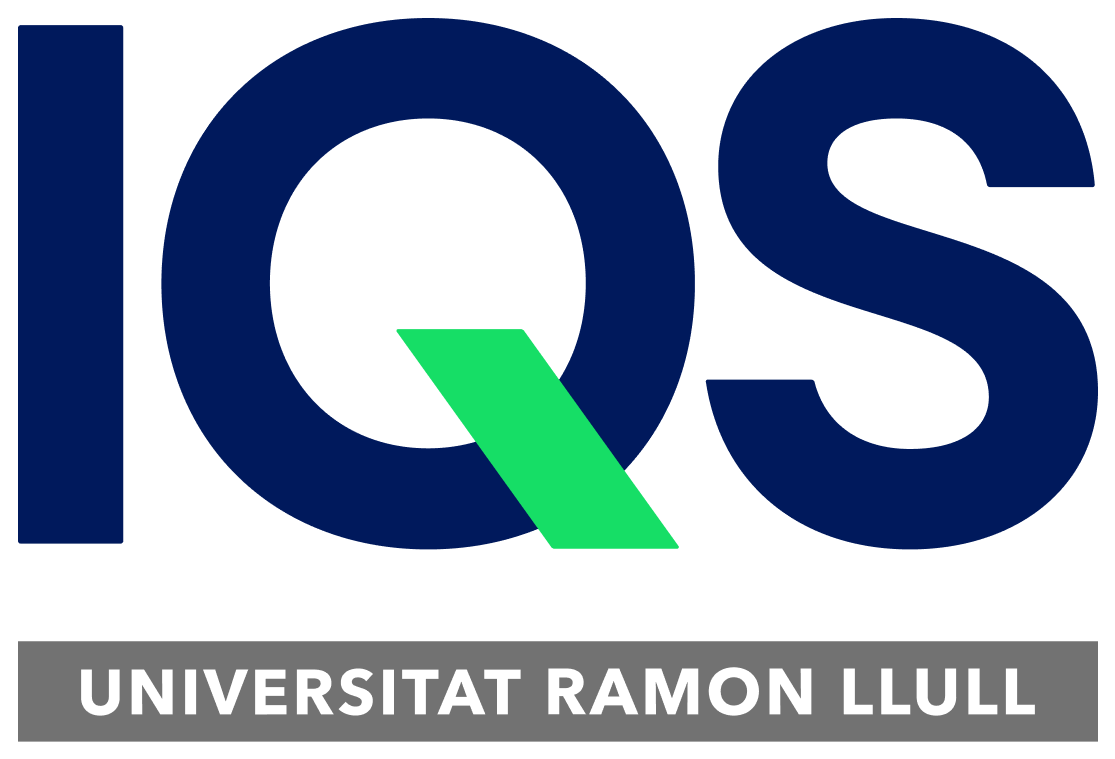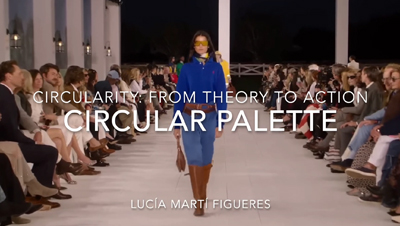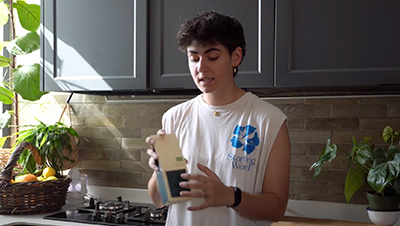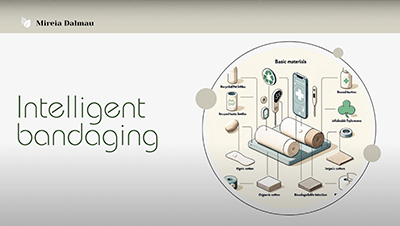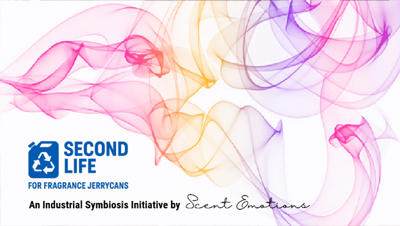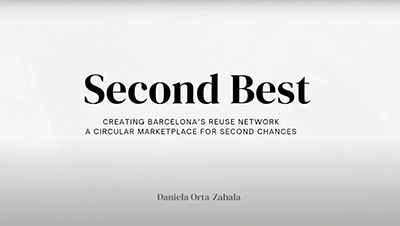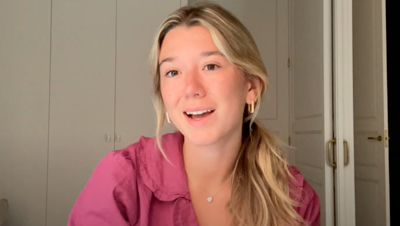array(15) {
["_cf7_2_post_form_submitted"]=>
array(1) {
[0]=>
string(3) "yes"
}
["ciudad"]=>
array(1) {
[0]=>
string(9) "Barcelona"
}
["pais"]=>
array(1) {
[0]=>
string(5) "Spain"
}
["nick_concursante"]=>
array(1) {
[0]=>
string(24) " Lucía Martí Figueres"
}
["id_de_video"]=>
array(1) {
[0]=>
string(28) "https://youtu.be/Sy-5PMAcsAU"
}
["participante_apellidos"]=>
array(1) {
[0]=>
string(15) "Martí Figueres"
}
["_edit_lock"]=>
array(1) {
[0]=>
string(16) "1751062432:40629"
}
["_thumbnail_id"]=>
array(1) {
[0]=>
string(5) "75749"
}
["_edit_last"]=>
array(1) {
[0]=>
string(5) "40629"
}
["apellidos_concursante"]=>
array(1) {
[0]=>
string(15) "Martí Figueres"
}
["edad_concursante"]=>
array(1) {
[0]=>
string(2) "22"
}
["estudios_concursante"]=>
array(1) {
[0]=>
string(11) " Chemistry"
}
["_yoast_wpseo_primary_category"]=>
array(1) {
[0]=>
string(2) "91"
}
["_yoast_wpseo_content_score"]=>
array(1) {
[0]=>
string(2) "60"
}
["_yoast_wpseo_estimated-reading-time-minutes"]=>
array(1) {
[0]=>
string(1) "1"
}
}

Lucía Martí Figueres
Compartir

18 Jun 2025

Barcelona
Every year, millions of tons of food waste end up in landfills, while the fashion industry relies on synthetic dyes that pollute rivers and put communities at risk. Our project, Circular Palette, shows how everyday kitchen and factory food scraps can be used to create vibrant, sustainable dyes — reducing pollution, supporting the circular economy, and helping companies work toward Zero Waste Certification.

Sara Gubert

Lucía Martí Figueres

Celia Calatayud

Mireia Dalmau Bosch

Angel Palacio

Daniela Orta-Zabala

Blanca Bardia
